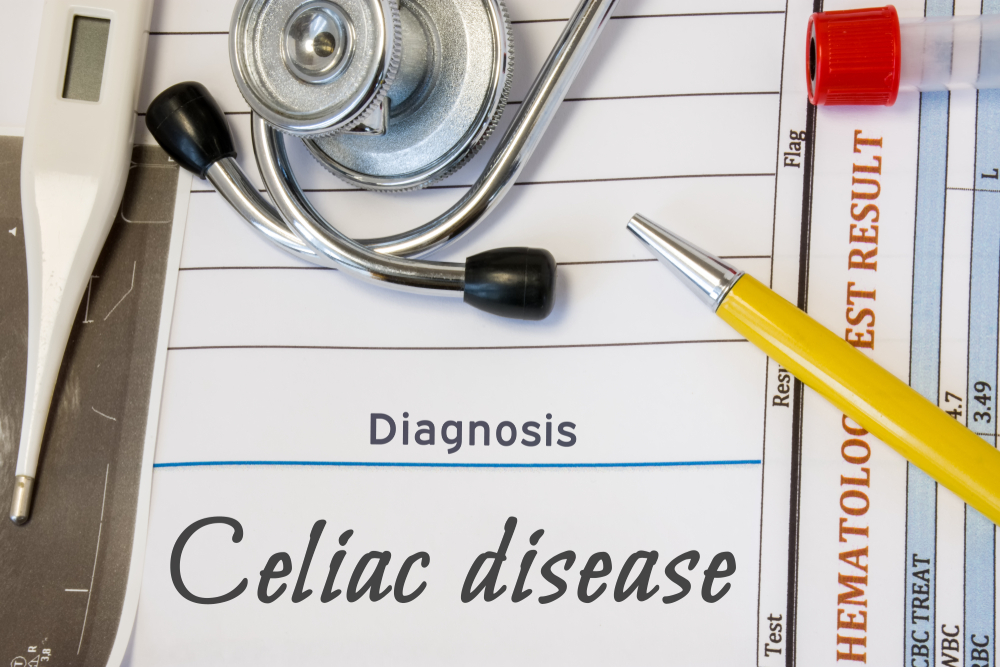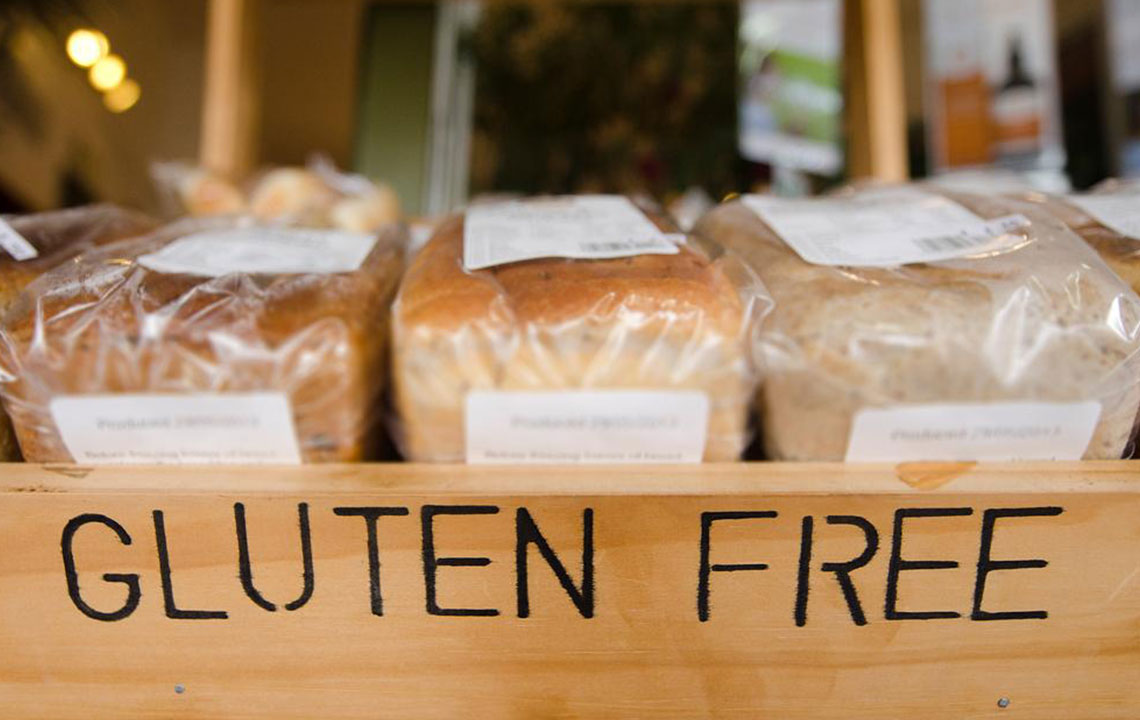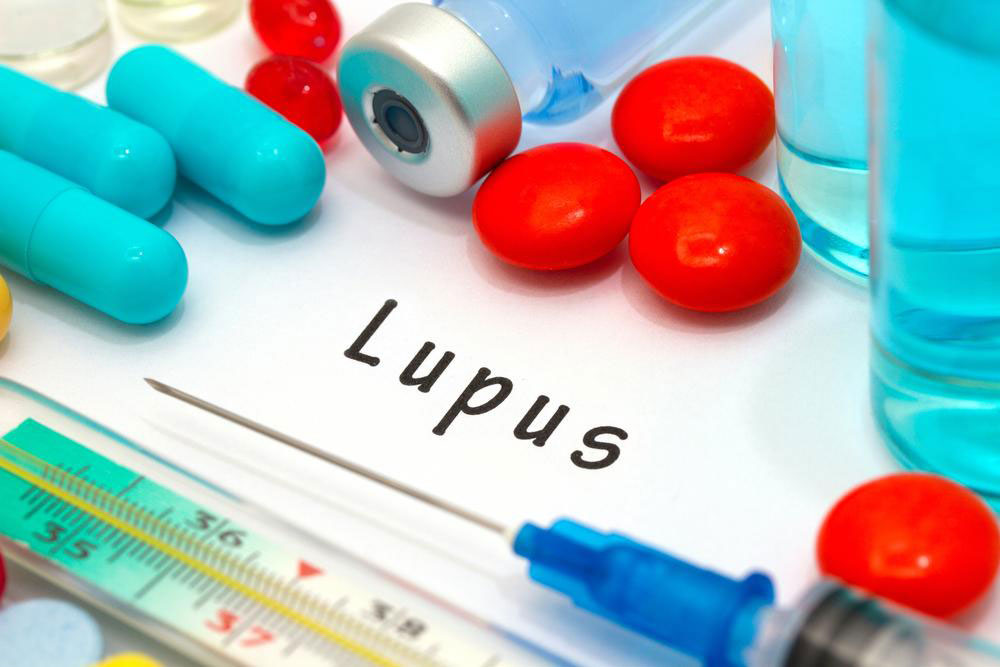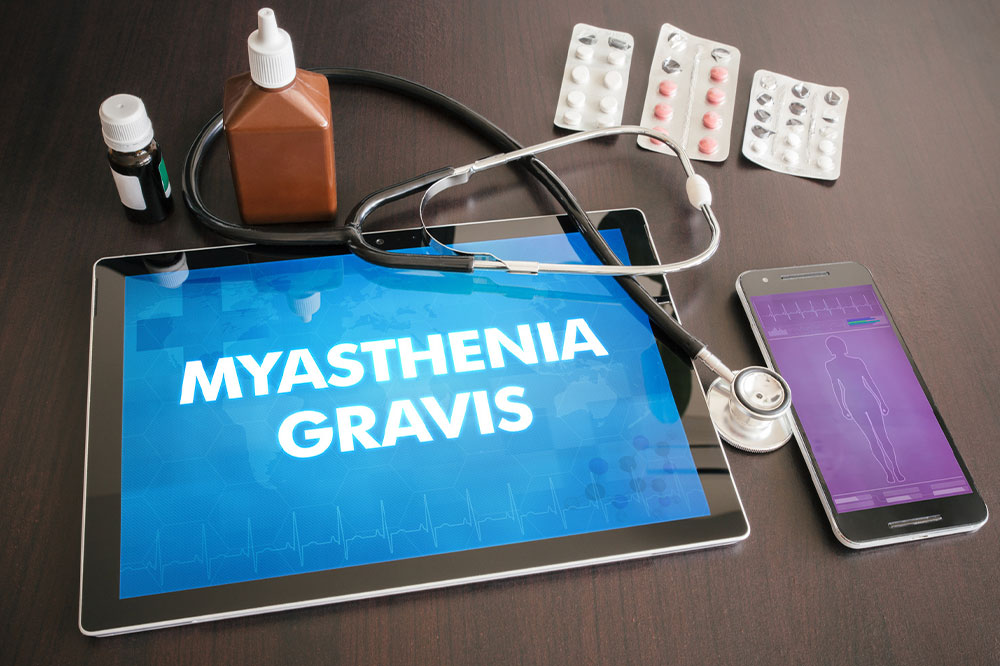Comprehensive Guide to Managing Celiac Disease: Foods to Avoid and Dietary Tips
This comprehensive article on celiac disease covers essential information about the autoimmune disorder, including diagnosis, symptoms, and detailed guidance on foods to avoid. It emphasizes the importance of a strict gluten-free diet, provides practical tips for safe living, and highlights the significance of consulting healthcare providers for personalized management. Perfect for individuals seeking to understand and manage celiac disease effectively, the article offers valuable insights into maintaining health and preventing complications while navigating dietary restrictions.
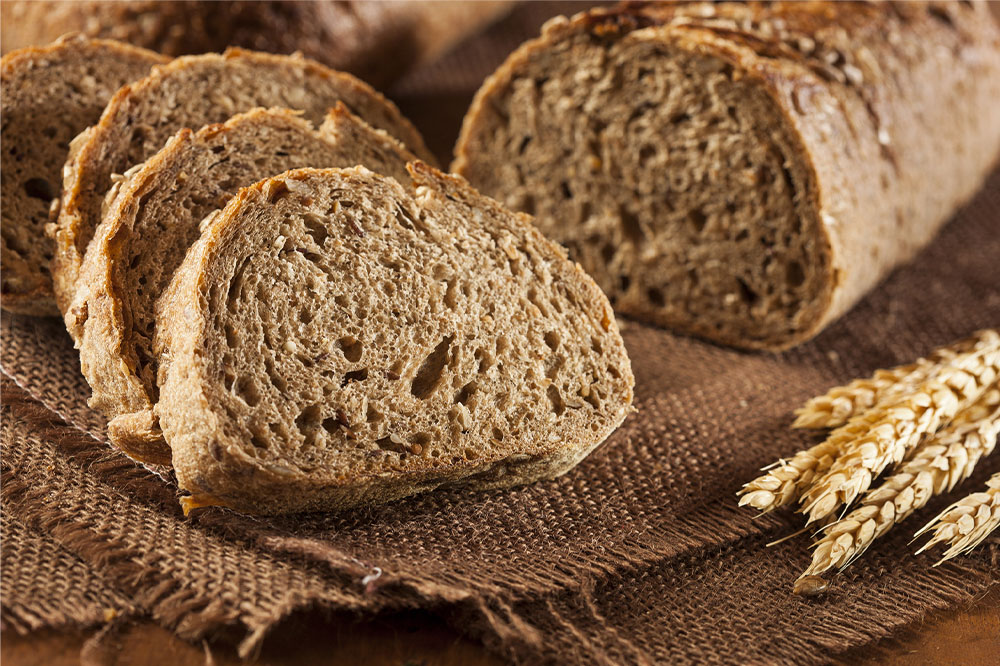
Celiac disease is a complex autoimmune disorder that affects millions worldwide. It occurs when the immune system mistakenly attacks the small intestine's lining in response to gluten, a protein found in wheat, barley, and rye. This damage impairs nutrient absorption, leading to various health issues such as malnutrition, digestive discomfort, and increased risk of other autoimmune diseases. Proper management of celiac disease centers around strict adherence to a gluten-free diet, understanding which foods contain gluten, and recognizing hidden sources of gluten in processed foods. This comprehensive guide aims to provide essential information on what foods to avoid, how to maintain a gluten-free lifestyle, and tips for safely dining out and managing daily nutrition.
Understanding Celiac Disease and Its Impact
Celiac disease is classified as an autoimmune disorder, whereby the ingestion of gluten triggers an abnormal immune response. This reaction damages the villi—tiny finger-like projections lining the small intestine responsible for nutrient absorption. When these villi become damaged or flattened—a condition known as villous atrophy—nutrients such as vitamins, minerals, and fats are not properly absorbed, leading to deficiencies and a host of health problems. The exact cause of celiac disease remains unknown, but genetics, environmental factors, and immune system abnormalities play significant roles. Common symptoms include diarrhea, weight loss, fatigue, anemia, bloating, and abdominal pain. In some cases, symptoms can be mild or non-specific, making diagnosis challenging.
Diagnosis and Medical Assessment
Diagnosis of celiac disease involves a combination of blood tests and, often, an intestinal biopsy. Blood tests look for specific antibodies, such as anti-tissue transglutaminase (tTG) and anti-endomysial antibodies (EMA), which are elevated in active disease. It is critical that patients remain on a gluten-containing diet before testing to ensure accurate results. Following blood tests, a small intestinal biopsy may be performed during endoscopy to examine tissue damage directly. Accurate diagnosis is essential because other conditions can mimic celiac symptoms, including gluten sensitivity and other gastrointestinal disorders. Once diagnosed, managing the condition requires lifelong adherence to a strict gluten-free diet to prevent symptoms and complications.
Foods to Avoid with Celiac Disease
Wheat-based products such as bread, pasta, pizza, and baked goods made from wheat flour
Barley, commonly used in brewing, soups, stews, and malt-flavored products
Rye, often found in rye bread and certain cereals
Fried foods coated with wheat flour or breading for crispiness, including fried chicken and fish
Sauces and condiments containing wheat or gluten, like soy sauces, teriyaki, gravies, and salad dressings
Processed meats that may contain gluten-based fillers or additives
Flavored dairy products, such as some yogurts, ice creams, and dessert toppings that include gluten-containing ingredients
Grain products like semolina, durum, and couscous that contain gluten
Beyond these obvious sources, many processed and packaged foods contain hidden gluten additives. It is essential to read labels carefully, as gluten can be in unexpected products, including candies, herbs, seasonings, and even medications. Consulting with healthcare professionals or dietitians who specialize in food allergies and gluten intolerance can help craft a balanced, safe diet. Educating oneself about food ingredients and manufacturing processes is key to avoiding accidental gluten exposure.
Practical Tips for Living Gluten-Free
Always read food labels meticulously to identify potential gluten sources.
Opt for naturally gluten-free foods like fresh fruits and vegetables, fresh meats, fish, poultry, and legumes.
Use gluten-free grains such as rice, corn, quinoa, buckwheat, and gluten-free oats.
Prepare meals at home as much as possible to control ingredients and avoid cross-contamination.
Be cautious when dining out—prefer restaurants known for gluten-free options and communicate your needs clearly to staff.
Carry gluten-free snacks and meals for times when suitable options are not available.
Join support groups or communities that provide resources, recipes, and encouragement for managing celiac disease.
Incorporate a well-balanced diet rich in nutrients to compensate for dietary restrictions and prevent deficiencies.
Managing Lifestyle and Preventing Complications
Proper management of celiac disease involves more than avoiding gluten. It requires a holistic approach to lifestyle and health maintenance. Regular follow-ups with healthcare providers are crucial to monitor for nutrient deficiencies and assess overall health. Supplementation of vitamins and minerals such as iron, calcium, vitamin D, and folate may be necessary to address malabsorption issues. Maintaining a healthy lifestyle with regular exercise, adequate sleep, and stress management can improve quality of life. Education about cross-contact—contamination of gluten-free foods with gluten during processing or preparation—is vital in preventing accidental exposure.
Although celiac disease is a lifelong condition, with careful dietary management and ongoing support, individuals can lead healthy, active lives. Staying informed about new research, gluten-free products, and culinary innovations can make adherence easier and more enjoyable. If symptoms persist despite dietary restrictions, seek medical advice to evaluate underlying issues or additional conditions that might coexist with celiac disease.
In conclusion, understanding what foods to avoid and adopting best practices in food management are essential steps for anyone living with celiac disease. This knowledge empowers patients to make safer food choices, prevent health complications, and maintain a balanced, nutritious diet. Remember, collaboration with healthcare professionals is key to personalized and effective disease management, ensuring a better quality of life.


